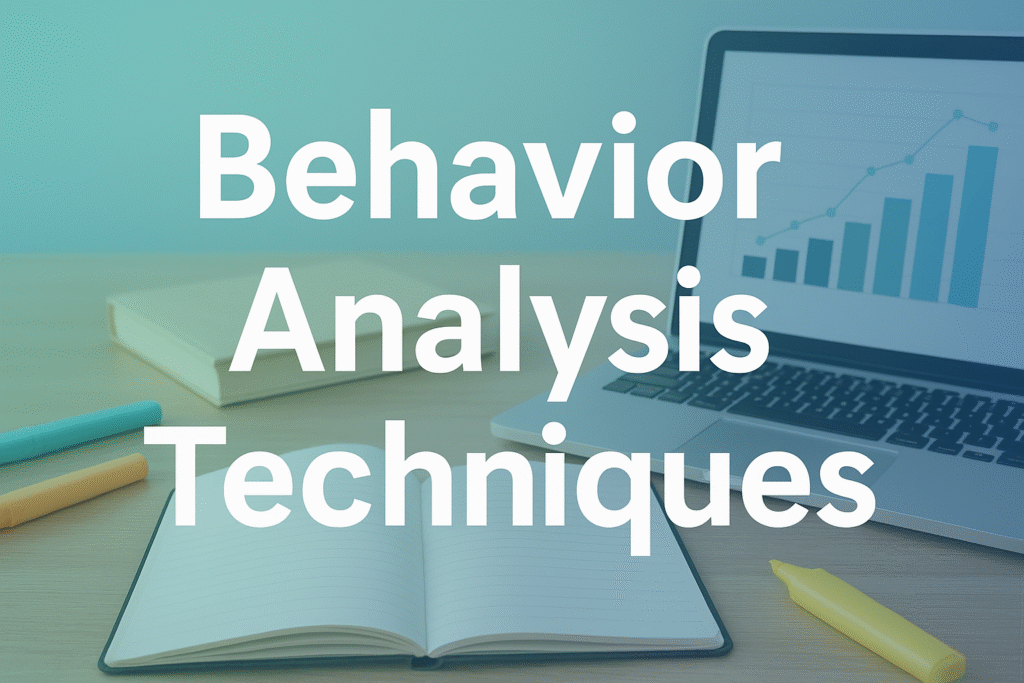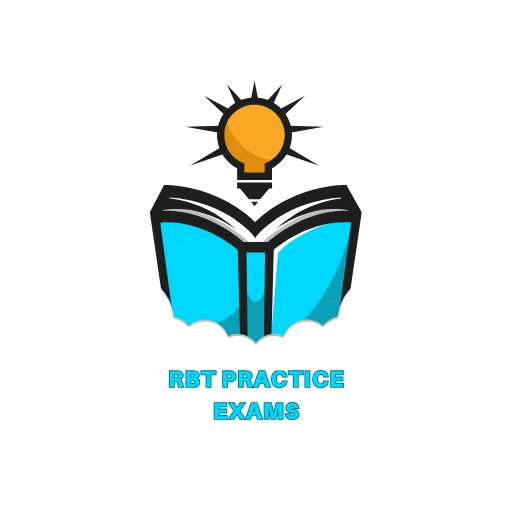What Are Behavior Analysis Techniques?
Behavior analysis techniques are practical tools used in Applied Behavior Analysis (ABA) to help people learn new skills, reduce unwanted behaviors, and build independence. These methods form the foundation of ABA practice and are especially important for those preparing for the Registered Behavior Technician (RBT) exam. By understanding and applying these techniques, professionals can support learners in classrooms, therapy sessions, and everyday environments.
Table of Contents

Why Are These Techniques Important in ABA?
Applied Behavior Analysis is a science-based approach to understanding how behavior works and how it can be changed. The techniques used in ABA are not just theory they’re hands-on strategies that improve learning outcomes. For RBTs, these methods are the daily tools of the trade. Knowing how to apply them correctly can make the difference between passing an RBT exam and thriving in practice.
According to the BACB , ABA relies on evidence-based interventions that are measurable, observable, and effective. These techniques are applied in schools, clinics, and homes to support children with autism, individuals with developmental disabilities, and even in workplace training.
Core Behavior Analysis Techniques
Let’s break down the most widely used ABA strategies. Each of these is highly testable in the RBT exam and plays a big role in real-world practice.
Positive and Negative Reinforcement
Reinforcement is the backbone of ABA.
Positive reinforcement means adding something rewarding after a behavior to increase its likelihood. For example, giving praise or a small treat after a child shares a toy.
Negative reinforcement means removing something unpleasant when the desired behavior happens. For instance, ending a noisy alarm once homework is started.
Both approaches strengthen behavior, but they work in different ways. Understanding reinforcement types is essential for anyone studying for an rbt practice exam.
Prompting and Fading
Prompts are cues or supports that help a learner perform a behavior. They can be physical (hand-over-hand), verbal, visual, or gestural.
Fading is the process of gradually reducing prompts until the learner can complete the task independently.
Example: A therapist uses hand-over-hand guidance to help a child zip a jacket, then slowly reduces help until the child does it alone. This concept often appears in rbt practice test questions.
Shaping
Shaping involves reinforcing small steps that lead toward the desired behavior. Instead of waiting for perfection, progress is rewarded at each stage. Example: Teaching a child to say “water.” First, reward any vocal attempt, then only closer approximations until the full word is spoken.
Shaping is powerful because it builds complex skills through manageable steps.
Task Analysis and Chaining
A task analysis breaks a complex skill into smaller, teachable parts. Chaining then links these steps together:
Forward chaining teaches the first step first.
Backward chaining teaches the last step first.
For example, brushing teeth can be broken down into picking up the toothbrush, applying toothpaste, brushing, rinsing, and putting the toothbrush away.
This structured approach is central in many rbt mock test questions.
Generalization and Maintenance
Learning a skill once isn’t enough. ABA focuses on generalization (using the skill in different settings) and maintenance (keeping the skill over time). Example: A child learns to greet people in therapy and then successfully says “hello” at school, in the park, and at home.
Generalization and maintenance make sure progress lasts beyond the therapy room.
Extinction
Extinction means reducing or stopping a behavior by withholding reinforcement. Example: If a child throws tantrums to get candy, but parents stop giving candy during tantrums, the behavior gradually decreases.
Extinction can sometimes lead to a temporary increase in the behavior, called an extinction burst, before it fades.
How These Techniques Connect to the RBT Exam?
The RBT exam tests your ability to understand, apply, and analyze behavior analysis techniques. Questions often present scenarios where you must choose the right method, such as deciding between prompting, shaping, or reinforcement.
Practicing with realistic exam-style scenarios using tools like an rbt practice exam, rbt practice test , or rbt mock test can help you master these concepts and feel more confident on test day.
FAQs About Behavior Analysis Techniques What are the most common behavior analysis techniques?
The most common include reinforcement, prompting and fading, shaping, task analysis, chaining, generalization, maintenance, and extinction.
How do behavior analysis techniques help in real life?
They are used to teach language, social skills, daily living tasks, and reduce problem behaviors. These methods are applied in therapy, schools, and even workplace training.
Are these techniques only for autism?
No. While ABA is widely known for supporting individuals with autism, behavior analysis techniques are also used for developmental disabilities, behavior therapy, and skill training in many areas.
Do I need to know all of these for the RBT exam?
Yes. The BACB guidelines make it clear that RBT candidates must understand and apply all core ABA methods. Practicing with RBT exam-style questions is the best way to prepare.
Conclusion and Next Steps
Behavior analysis techniques are the practical heart of ABA. They help learners build new skills, reduce challenging behaviors, and succeed in everyday life. For anyone preparing for the RBT exam, mastering these methods is essential.
The best way to build confidence is through practice. Start your journey today by taking an rbt practice exam. Whether you choose a full-length test, a quick rbt practice test , or a realistic rbt mock test , you’ll be one step closer to success.
